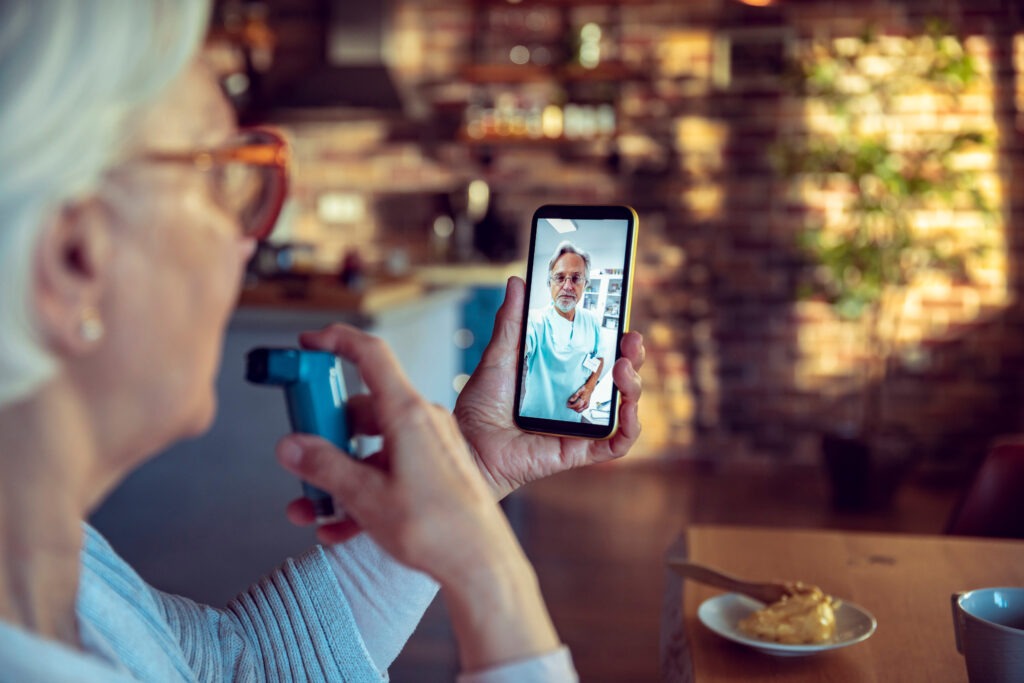During Apple’s “Hi, Speed” event, the company announced its new lineup of products, featuring the iPhone 12 family, which adds more screen sizes to Apple’s already extensive selection. Product Designer Gem Qiao weighs in on what it’s like to design for various devices.
Q: Hey Gem. What’s up with all these iPhone sizes? Is it really necessary, or is Apple just pushing out everything it can in desperation to make sales during a pandemic?
Gem:
Well, speaking strictly from a design perspective, there are many advantages – and disadvantages – to Apple’s breadth of screen sizes. Apple is relentless in trying to provide loads of options to its customers. That makes my job as a designer more challenging – and intriguing.
Q: Intriguing? That’s a word that gets my attention. Tell me more about that.
Gem:
As a product designer, I’m both intrigued and inspired by new applications and user experiences. When considering a new design, I take into account a variety of screen sizes, but more importantly, I want to focus on the user experience and the specific use case. For example, when considering an application meant for desktop, we can’t just shrink a screen for mobile and hope for the same user experience. It’s critical to design for different devices while maintaining the consistency of the product, yet also to design as efficiently as possible. Realistically, we need distinctly separate designs for desktop, mobile apps, and wearable devices.
Q: From a designer’s perspective, it’s got to be a nightmare designing for all these different screens. How does that work?
Gem:
Ideally, we would want a different design for each type of device and for each of the Android and iPhone models as well. Responsive design has helped us design for a variety of screen sizes, but it has limitations. That’s where adaptive design comes into play. Adaptive design generally refers to a device-optimized experience, or a graphical user interface (GUI) design that adapts to different screen sizes.
Many design firms are beginning to embrace adaptive design as a new design strategy.
It’s a great opportunity for UI UX designers because adaptive design allows us to have more control over content and layout – and ultimately, more control over the user experience.
Q: So, back to the plethora of devices. Are they really necessary?
Gem:
On one hand, there could be a single device that can ultimately serve all of our needs. On the other hand, different screen sizes are important in the way they are meant to accomplish different tasks. Ultimately, apps are designed to guide users to specific areas of focus, so to this end, phone size could have a big impact.
Q: I’ve never thought of it that way and will take a closer look at viewpoints on my screens. You’ve given me something new to consider in my online experience.
Gem:
Happy to unveil some design insights. Here’s a link to some more thoughts on design.
Contributors




